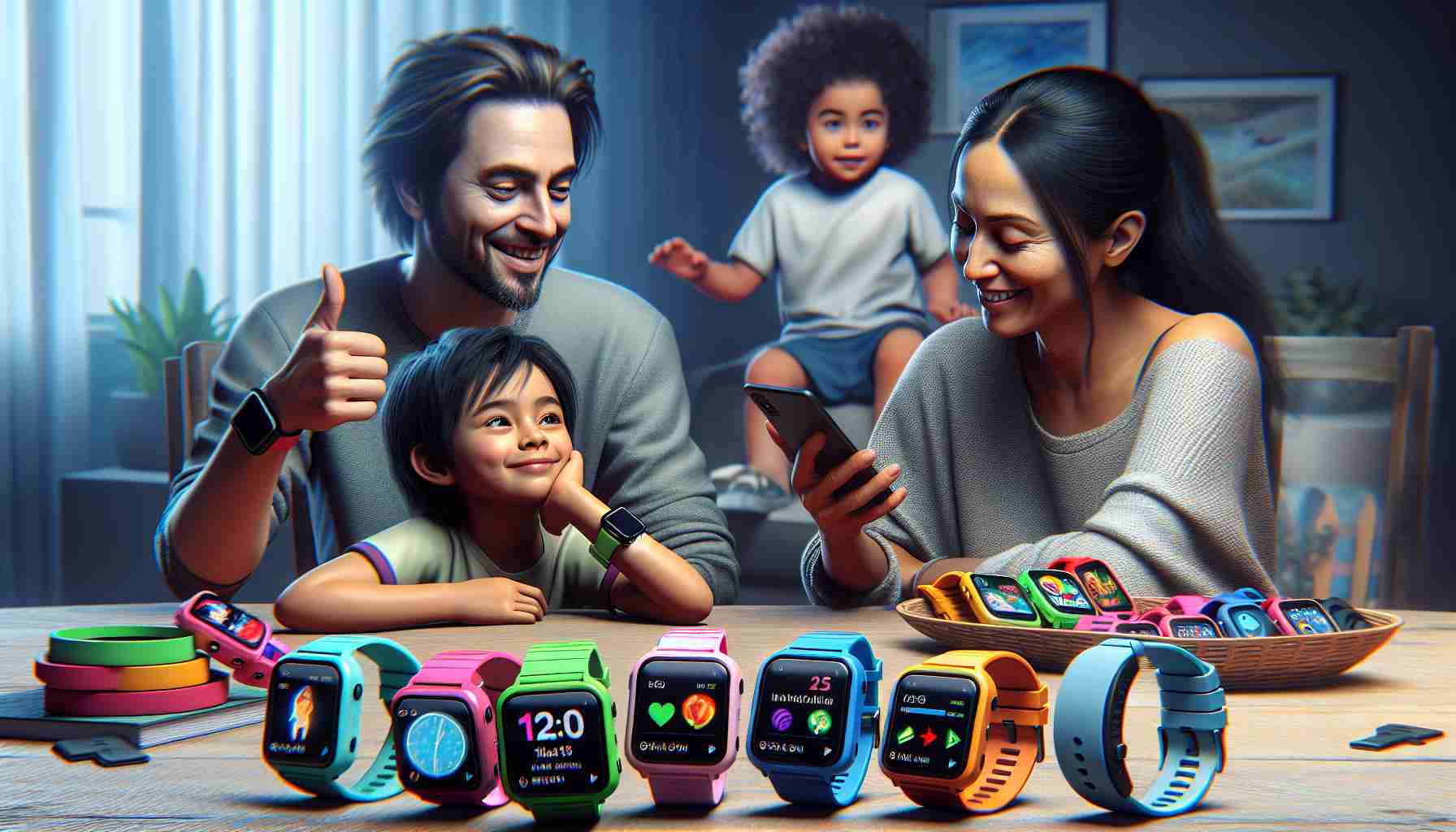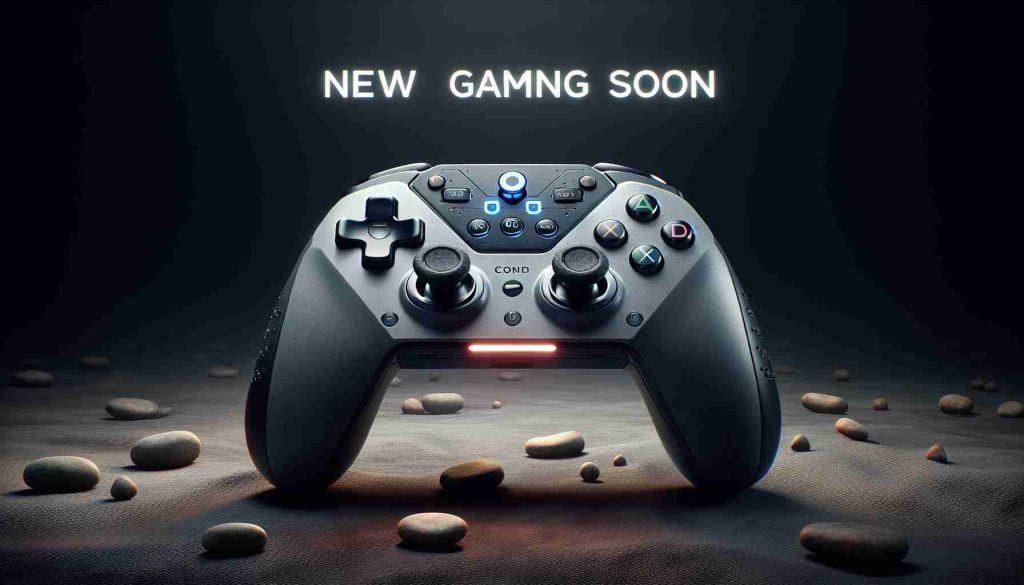In today’s tech-savvy world, parents often grapple with the challenge of ensuring their children’s safety while fostering communication. Many are hesitant to give their children smartphones but still want to keep in touch as they grow more independent. Consequently, smartwatches designed for kids have emerged as a popular solution.
These specialized devices allow for communication similar to smartphones, like calling and texting, but with enhanced parental controls for peace of mind. Most children’s smartwatches function independently, equipped with cellular technology, meaning they don’t require a parent’s phone. They come packed with features such as music, games, alarms, and even video chatting capabilities.
A standout feature for parents is GPS tracking, which allows them to monitor their child’s location easily. Through a dedicated app, parents can manage contacts, approve communication, and utilize other parental controls.
It’s essential to note that many smartwatches require a monthly service fee to enable calling and texting functionalities, typically around $10. Different models are often tied to specific cellular carriers, necessitating a check for compatibility before purchase.
When choosing a smartwatch, parents should consider elements such as durability, fit, battery life, and the number of permitted contacts. In addition, features like a silent mode during school hours can also be beneficial. Ultimately, it’s vital for families to prioritize what matters most when selecting the ideal smartwatch for their child.
The Rise of Smartwatches for Kids: A Parent’s Solution
In recent years, smartwatches designed specifically for children have surged in popularity among families looking for ways to enhance their children’s safety and communication. As children develop greater independence, parents are increasingly seeking tools to keep them connected while ensuring their well-being. Smartwatches for kids have emerged as a practical alternative to traditional smartphones, creating a unique niche in the tech market.
Key Questions and Answers
1. What features should parents prioritize when selecting a smartwatch for their child?
– Parents should focus on safety features such as GPS tracking, emergency SOS buttons, and durability to withstand rough play. Additionally, features like parental controls, messaging capabilities, and battery life are crucial to ensure usability throughout the day.
2. Are there any privacy concerns associated with kids’ smartwatches?
– Yes, privacy concerns are prominent. Many smartwatches collect data on location and usage, which can be a potential risk if not managed appropriately. Parents should review the privacy policies of manufacturers and choose devices known for robust data protection.
3. What age is appropriate for a child to start using a smartwatch?
– While there’s no one-size-fits-all answer, many experts suggest that children aged 5 to 12 are suitable for using smartwatches. The decision should depend on the child’s maturity level and their specific needs for communication and safety.
Key Challenges and Controversies
One of the primary challenges is the concern over screen time and the potential for smartwatches to encourage a reliance on digital devices at a young age. Critics argue that introducing gadgets too early can lead to increased distraction in social settings and educational environments. Moreover, the cost of wearable technology can also be a barrier, as many quality devices come with a subscription fee, which can add up over time.
Another controversy lies in the effectiveness of GPS tracking. While it’s a major selling point, some parents question how accurate and reliable these features are, especially in areas with poor cellular coverage. Additionally, there is an ongoing debate about whether children should have access to communication technology without supervision, as it may expose them to undesirable interactions or cyberbullying.
Advantages and Disadvantages
Advantages:
– Safety and Connectivity: Smartwatches provide a means for parents to monitor their children’s whereabouts and facilitate easy communication, making them feel more secure.
– Activity Tracking: Many models offer fitness tracking features, encouraging kids to be more active and engaged in outdoor play.
– Parental Control Features: Enhanced controls allow parents to restrict usage during school hours or approve contact list, providing greater oversight.
Disadvantages:
– Cost: In addition to the purchase price, ongoing monthly fees can make smartwatches an expensive investment for many families.
– Privacy Concerns: The collection of personal data can pose risks if not adequately protected, raising questions about children’s digital footprints.
– Potential for Distracted Behavior: Access to games and social features can distract children from their responsibilities and real-world interactions.
In conclusion, smartwatches for kids represent a growing trend among tech-savvy parents aiming to strike a balance between safety and independence. By carefully weighing the pros and cons and addressing key considerations, families can make informed choices that align with their values.
For more information on children’s technology and safety tips, visit Common Sense Media.























